Honda has held the premiere of its advanced future safety technologies, which is for the Japanese manufacturer’s objective of achieving zero traffic collision fatalities involving Honda motorcycles and automobiles around the globe by 2050. On its way to that target, Honda aims to halve those fatalities from the present by 2030.
Two technologies are key to its objective, says Honda; the first is its world-first artificial intelligence-powered Intelligent Driver-Assistive Technology, which aims to provide a level of assistance that is suited to the ability and situation of each individual in order to reduce driving errors and risks and thus achieve safe driving.
The second is the Safe and Sound Network Technology, which connects all road users – including people and mobility products – through telecommunications, enabling it to detect potential risks, and to help road users avoid said risks before collisions are likely to take place, said Honda.
For the aim of achieving a collision-free road user society, Honda will expand the introduction of Honda Sensing 360 to all models going on sale in all major markets by 2030, the manufacturer said. Alongside the planned rollout for Honda Sensing 360, the Japanese manufacturer will continue working to expand the application of a motorcycle detection function and further enhance its ADAS functions.
Where the Intelligent Driver-Assistive Technology is concerned, Honda has been conducting research and development of technologies that aim to understand people through an original method that uses functional magnetic resonance imaging (fMRI).
In addition to the monitoring of human behaviour and conditions, the Intelligent Driver-Assistive Technology employs ADAS sensors and cameras to recognise risks in the vehicle’s surroundings, which then enables the vehicle’s artificial intelligence to detect driving risks. The AI will, at the same time, detect optimal driving behaviour on a real-time basis and offer assistance based on the driver’s cognitive state and the current traffic conditions.
Honda has set out for its next-generation driver assistance technology to achieve three goals – to have no operational errors, to have no oversight or prediction errors, and to have no errors due to daydreaming or careless driving.
For its first goal, an AI-based assistance will reduce vehicle drifting and prevent delays in operations, while for the second, the vehicle will communicate detected risks to the driver through visual, tactile and auditory alerts.
Technologies for these which are currently in the R&D phase include risk indicators on the dashboard, seatbelt controls and three-dimensional audio. For its third goal, technologies being researched include vibration through the seatback.
Through the Intelligent Driver-Assistive Technology, Honda will continue to advance the conventional driver assist feature set which helps the driver avoid risk, while the AI-powered driver assist aims to keep the driver away from risks and strives to completely eliminate human errors, which account for more than 90% of road traffic collisions, according to a 2017 White Paper on Traffic Safety in Japan.
Honda is also working to realise a “cooperative safety society” where the use of telecommunication technologies road users in each others’ vicinity to be connected and coexist, said the manufacturer.
To this end, the Safe and Sound technology will aggregate information about potential risks in a server in order to reproduce the traffic situation in the virtual realm. There, the system will predict the behaviours of road users who are at high risk of collision, and it will then derive the appropriate information to be transmitted to road users in the area to avoid the detected risks.
This support information will be communicated to car drivers, motorcyclists and pedestrians through a cooperative risk human-machine interface, which will help the system encourage road users to take evasive action to prevent a collision from occurring.
Honda aims to implement this technology in the real world after 2030, however the system will be built and its effectiveness verified by the first half of the 2020s. The manufacturer aims to then expedite collaborations across the industry as well as through public-private collaboration in order to have the technology standardised in the second half of the 2020s, it said.
GALLERY: Honda Sensing 360
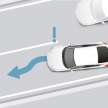

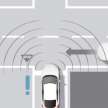

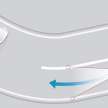
The post Honda aiming for zero traffic collision fatalities – Honda Sensing 360 to reach all major markets by 2030 appeared first on Paul Tan's Automotive News.

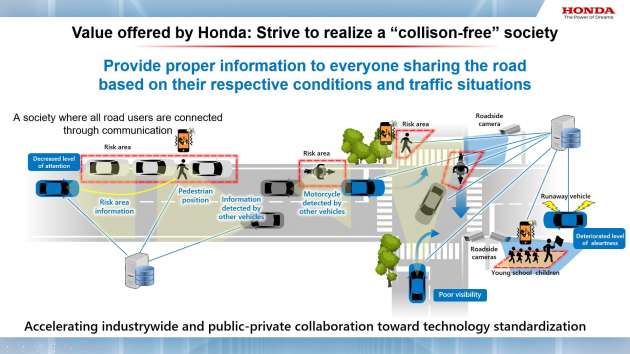
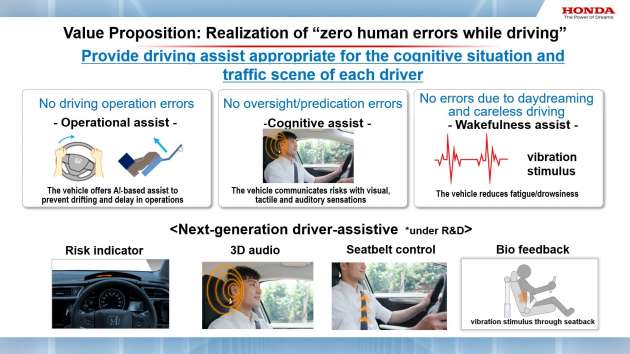
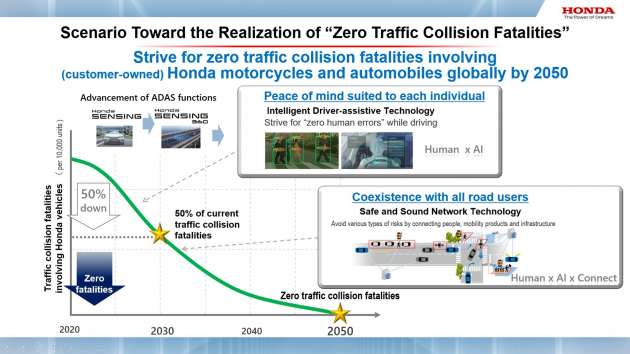
0 Comments